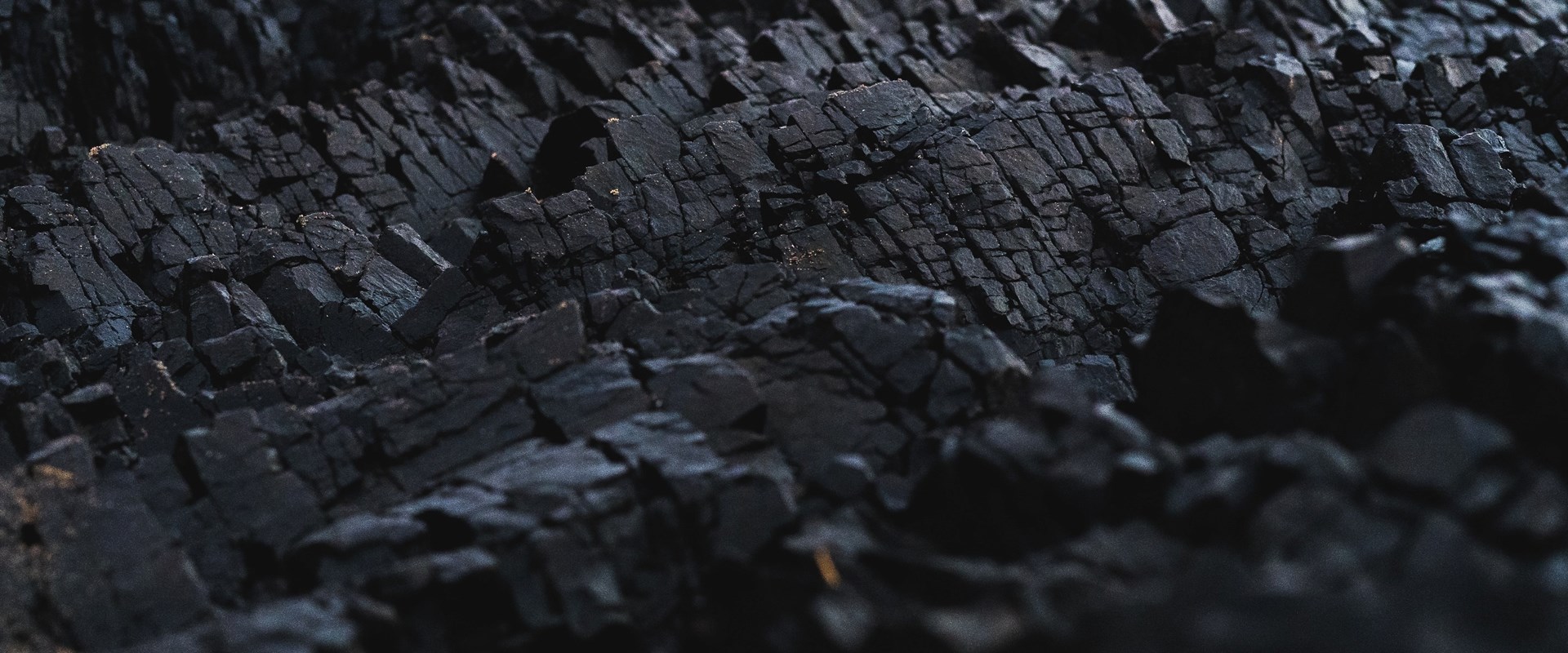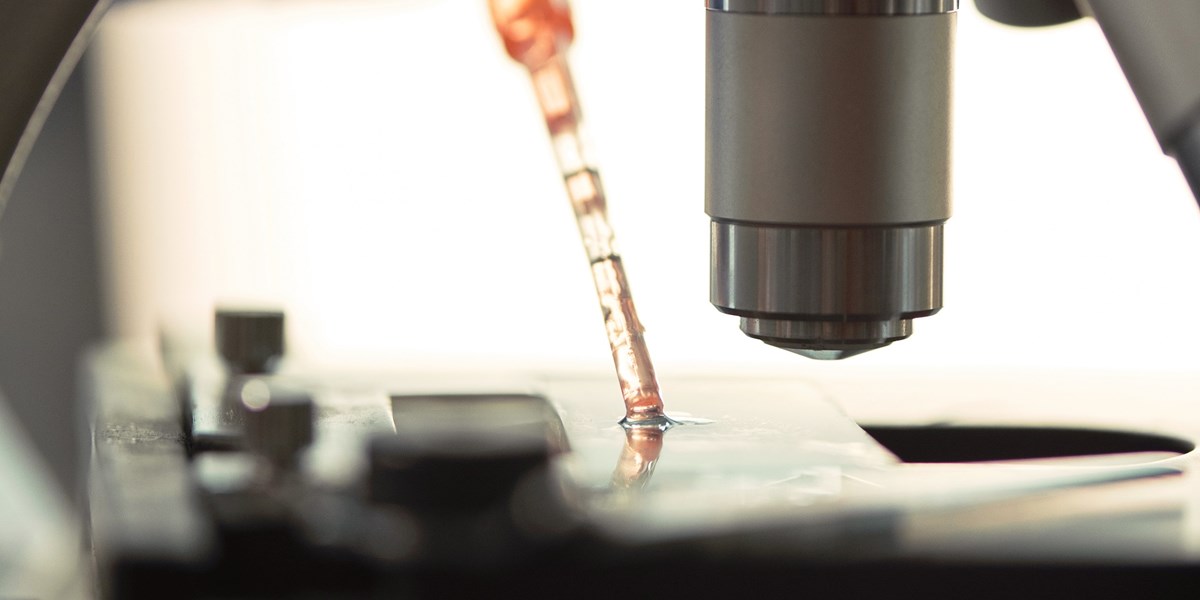Carbon capture technology is advancing fast, and investment and innovation levels would suggest the rate of progress will only accelerate. However, given the level of greenhouse gases in the air, can carbon capture move fast enough to make a real difference to the environment?
Recently the Intergovernmental Panel on Climate Change (IPCC) released a report warning we are at ‘Code Red’, with global warming set to reach 1.5oC even sooner than predicted. If that happens, we could be facing an increase in floods, heatwaves, droughts, and wild fires in the process.
While these effects seem to be inevitable, the part negative-emissions technologies (or NETs) will need to play in physically and chemically removing CO2 and other greenhouse gases from the atmosphere has never been as crucial as we strive to slow the effects of the 50 billion tons of greenhouse gases that are emitted to the atmosphere annually.
Admittedly avoiding a climate disaster would, according to experts, require us to eliminate around 10 billion tons of CO2 emissions every year by 2050. This will take a concentred combination of compulsory emission reductions, and a massive increase in the global use of NETs.
One of the NETs courting a lot of attention at the moment is carbon capture.
HOW CAN CARBON CAPTURE HELP TO REDUCE THE LEVELS OF CO2 AND GREENHOUSE GASES?
Carbon capture technologies are already finding application in the construction, chemical and energy industries, although currently to obtain the best efficiency any CO2 emitted is best captured immediately after the fuel is burned.
Carbon capture is actually not that new. It has long been used to treat air in submarines and spacecraft. However, its use is continually being expanded to reduce CO2 emissions from coal-fired power stations and natural gas processing plants, from the manufacture of fertilizers and biofuels and from other heavy industries.
The shipping industry, one of the world’s main polluters, is also focussed on employing carbon capture to help reduce the pollution caused by merchant vessels.
Despite being employed by a wider range of industries, cynics have been quick to point out carbon capture initiatives are only able to capture millions of tons each year, rather than the billions of tons per year that would make the required difference. They also say the carbon is only captured from very specific sources, rather than from the atmosphere.
Worryingly, as the number of the sources from which we seek to recapture CO2 increase, so does the cost. Capturing CO2 from, for example, a power station costs between $50 and $100 per metric ton. Capturing the same amount of CO2 directly from the atmosphere would, it is estimated, currently cost between $600 and $1,000.
However, throughout history, costs have fallen as technology, processes and practices improve. Many number of companies are already working hard to increase the capacity and lower the cost of extracting CO2 from the atmosphere in increasingly innovative ways.
HOW IS INNOVATION DRIVING CARBON CAPTURE AND DIRECT AIR CAPTURE TECHNOLOGY?
Direct Air Capture (or DAC) is the term used for extracting CO2 from the atmosphere. Jan Wurzbacher of Swiss company Climeworks, one of the leaders in DAC technology and owner of the world’s biggest DAC plant in Iceland, believes the rate at which DAC is progressing means “there is no physical reason it can’t be done for $100 per ton in the next 10-20 years.”
Climeworks are testament to the continual improvements being made, and to what can be done using a powerful combination of science and creativity.
Their plant in Iceland uses local renewable geothermal energy to power fans that pass air over a solid filter material to absorb CO2 then, once the filter material is saturated, heat it to 100oC to release a stream of pure CO2. This CO2 is then taken by their partner Carbfix, who mix it with water and send it underground, where it solidifies into rock within two years. This project currently captures around 4,000 tonnes of CO2 a year, a total that will soon be increased by the launch of new projects in Oman and Norway.
And Climeworks’ endeavours are in no way limited to them.
Canadian firm Carbon Engineering is looking to bury CO2 in depleted oil and gas reservoirs in the US and North Sea.
Charm Industrial is using the CO2 produced by agricultural and forestry waste to create a ‘bio-oil’ that they then pump back into empty oil reservoirs.
CarbonCapture Inc. is using zeolite molecular sieves that were initially produced for the manufacture of detergents and for use in oil refineries and sewage plants to accelerate the speed at which their machines can separate the CO2 from the air.
Energy use is a big concern if DAC is to be deployed at massive scale, and Mission Zero Technologies use electrochemical processes to capture CO2, which it says means 3-5 times less power is needed than for heat-based processes.
These are only a few of the many examples we could cite of companies who have recognised just how much of an impact carbon capture and direct air capture in particular can have on our climate emergency.
Admittedly these new technologies have to be aided by the world’s governments’ continued efforts to slash the rate at which fossil fuels are burned, and the level of emissions being produced by industry. However, it does show that as always innovation and invention are leading the way.
The challenge now is to make all these and other technologies financially sustainable so they can be rolled out at a scale that can accelerate the required reduction in greenhouse gasses.
According to Hans De Neve, founder of Carbyon, carbon capture prices will drop. His argument is that solar panels were extremely expensive initially, “but have plummeted in price, falling by 80% in the last decade alone so I see no fundamental reason why this can’t happen for the DAC industry.”
Many industry spectators are also calling for an increase in government and private subsidies to fund research and development in carbon capture, and initial signs are positive. Microsoft now offer substantial funding and Elon Musk and the UK government have launched DAC technology competitions with prizes of $100m and £100m respectively.
If you are involved in the development of carbon capture technology and you would like to discuss how we could help you protect, commercialise, and extract the maximum value from your innovation, please contact Colin Baker at colin.baker@potterclarkson.com.







